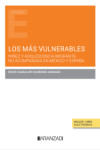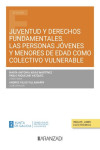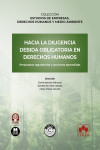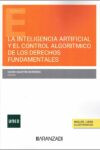THE HUMAN RIGHTS-BASED APPROACH TO HUMAN TRAFFICKING IN INTERNATIONAL LAW: AN ANALYSIS FROM A VICTIM PROTECTION PERSPECTIVE
Milano, Valentina
Datos técnicos
- ISBN 9788491238973
- Año Edición 2021
- Páginas 410
- Encuadernación Rústica
- Idioma Inglés
Sinopsis
As opposed to the traditional law enforcement and immigration control perspective, the «human rights-based approach» (HRBA) to human trafficking puts the rights of trafficked persons at the centre of anti-trafficking strategies. What does this approach effectively mean and require? Is it sufficiently reflected in the current international law regime? Do international judicial and non-judicial bodies effectively contribute to its development? After identifying the constitutive elements of this approach as initially developed within the UN in the context of development cooperation and then applied to trafficking, this book examines whether the HRBA is properly reflected in the key elements of the victim protection regime: identification, protection, assistance, right to remain and repatriation. It provides a detailed analysis of the extent to which international instruments and international bodies’ pronouncements truly integrate this approach.
The author highlights the good practices but also the existing dysfunctions in universal and regional instruments and case law and in States’ practice, which often result not only in the lack of adequate
protection for victims, but also in the ineffectiveness of anti-trafficking policies. She also highlights the major contributions of a HRBA, which include how this approach broadens and clarifies
the scope States’ obligations in this area, and its key role as a cross cutting paradigm of international law that contributes to the convergence of separate international law regimes.
Otros libros que te pueden interesar
- ¿Quiénes somos?
- Gastos de envío
- Política de privacidad
- Políticas de devolución y anulación
- Condiciones Generales de contratación
- Contacto
2025 © Vuestros Libros Siglo XXI | Desarrollo Web Factor Ideas










